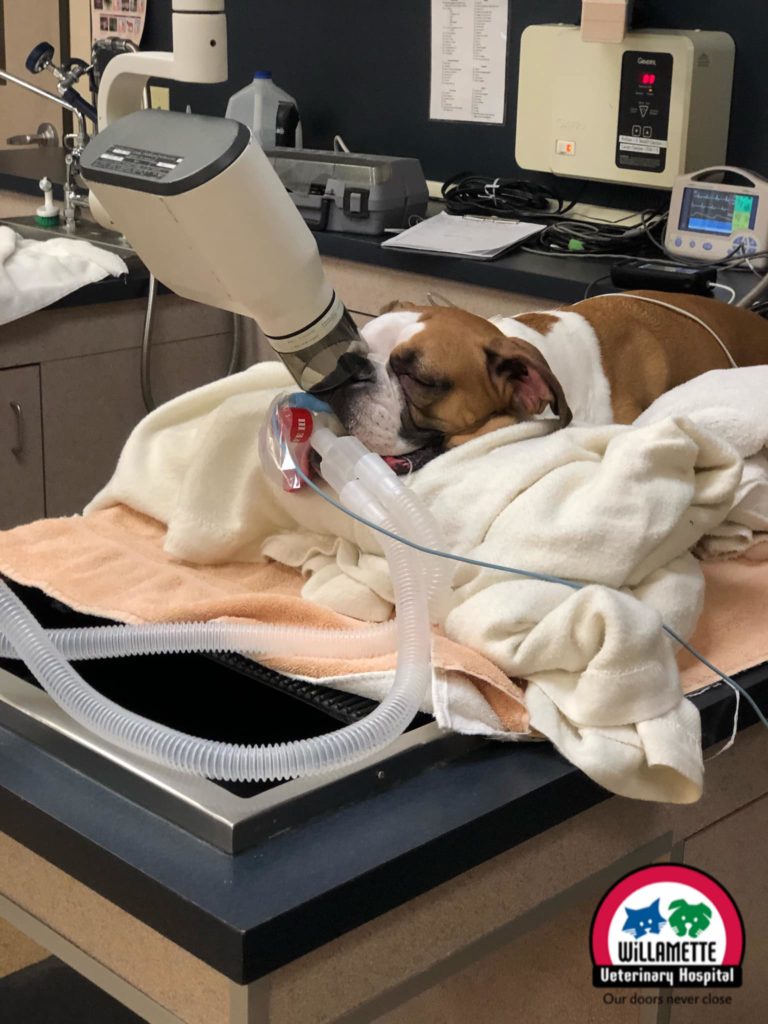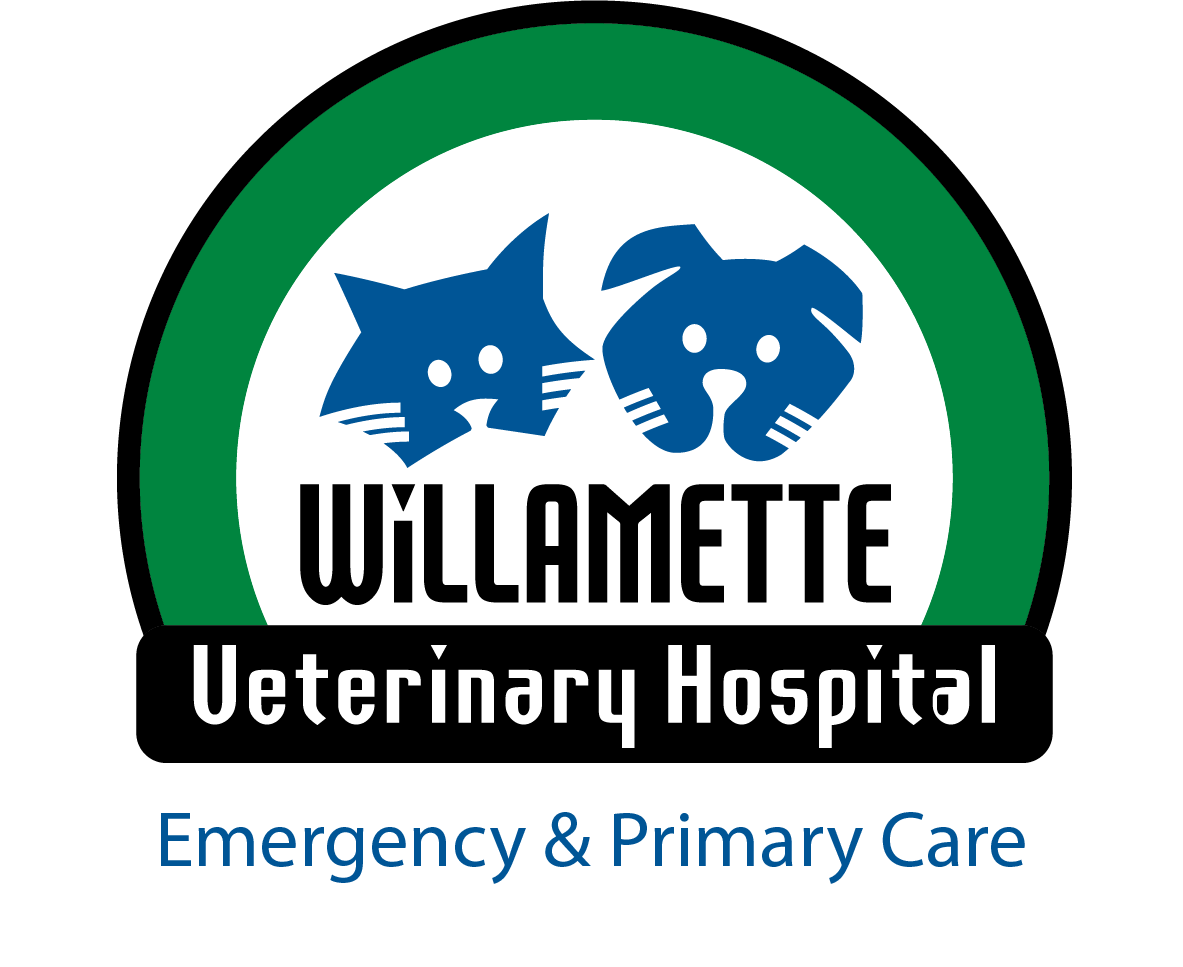We perform many types of soft tissue surgeries at our clinic. Soft tissue surgeries are those that are not associated with bone. These surgeries can provide many benefits to pets.
Probably the most common soft tissue surgery performed on pets is the removal of masses, or lumps. Most of these masses, once removed and tested, are found to be benign (nonharmful); however, occasionally they are more serious. Early removal and accurate diagnosis of a lump is necessary to improve the outcome in your pet if the mass is cancerous.
If your dog suffers from frequent ear infections, surgical intervention can reduce their occurrence by improving airflow into the ear canal.
Surgery can also help resolve several problems related to the eyes. Tearing in your pet’s eyes can mean an infection is present or may be a sign that the cornea (outer layer of the eye) has been damaged. Surgery may allow the cornea to heal faster with less scarring, improving your pet’s ability to see. In some pets, the eyelashes may actually damage the cornea. Surgical intervention improves comfort in these pets, reduces the chances of corneal scarring, and enhances the pet’s vision in the long term.
Surgeries Offered
- General Soft Tissue Surgery such as lump removals, cystotomy, and other minimally invasive surgeries
- Cesarean Sections
- Spay & Neuters
- Gastrointestinal surgery
- Advanced wound care and reconstructive surgery
- Dental Cleaning & Extractions
- Exploratory
- Amputation
- Mass Removals
Specialty Surgeries We Perform
Orthopedic
- TPLO (Tibial Plateau Leveling Osteotomy): A specialized knee surgery for dogs with torn ACLs.
- Fracture Repair: Surgical stabilization of broken bones using plates, pins, or screws.
- Bone Plating: A technique used to align and stabilize fractured bones.
- FHO (Femoral Head Ostectomy): A procedure to relieve hip pain by removing the ball of the hip joint.
- JPS (Juvenile Pubic Symphysiodesis): A preventative surgery to reduce the risk of hip dysplasia in young dogs.
- PennHIP Radiographs: A diagnostic imaging technique used to evaluate hip joint laxity and risk of dysplasia.
BOAS Treatment
- Shortening of the Soft Palate and Widening of Stenotic Nares: Surgery to improve airflow in flat-faced breeds with breathing difficulties.
Advanced Soft Tissue Procedures
- Cholecystectomy: Surgical removal of the gallbladder.
- Nephrectomy: Surgical removal of a kidney due to disease or trauma.
- GI / Abdominal Exploratory: Surgery to diagnose or treat abdominal issues, such as blockages or internal bleeding.
- Liver and Kidney Biopsies: Tissue sampling procedures for diagnosing organ disease.
- Anal Sacculectomy: Removal of chronically infected or impacted anal glands.
General Anesthesia
For some procedures, your pet will need to be administered general anesthesia so that he or she will be unconscious and not feel pain. Many pet owners worry about their pets being administered general anesthesia. We can assure you that modern anesthesia is generally quite safe; to further lower any risk, we perform a physical examination and run blood work ahead of time to catch any underlying health issues. In addition, we follow a specific anesthetic protocol, including monitoring vital signs during the procedure, to ensure the safety of our patients.
We begin most general anesthetic procedures by administering a sedative to help the pet relax and decrease any anxiety and pain. We then administer an intravenous drug to provide complete anesthesia and place a breathing tube into the patient’s trachea (windpipe). To maintain the state of unconsciousness, we deliver a gas anesthetic in combination with oxygen through the breathing tube.
Local Anesthesia
If your pet is having a minor surgical or diagnostic procedure performed, we sometimes use a local anesthetic to help control pain. For example, when we perform a biopsy (in which a small portion of tissue is surgically removed so it can be examined), we often use a local anesthetic. Local anesthetics cause a loss of sensation in the area where the procedure is being performed. We sometimes use a sedative and/or anxiolytic (anti-anxiety medication) in combination with the local anesthetic to keep pets calm during a procedure.
Patient Monitoring
We monitor our patients closely to keep them as safe as possible during procedures that require general anesthesia. A veterinary technician will continually assess your pet’s heart and respiratory rate, blood pressure, and other vital signs to help prevent any anesthetic risk.
Please feel free to ask us about our patient monitoring protocol or any concerns you might have about your pet’s procedure. We’d be happy to discuss these matters in more detail.




General Surgery Services Near You
If you are interested in general surgery services for your pet call and get the experienced care that your animal needs. Call 541-753-2223 to speak to a member of our staff., or contact us online here.
Explore Our Complete List of Veterinary Services in Corvallis, OR
What's Next
Call us to schedule an appointment
Meet with a doctor for an initial exam.
Put a plan together for your pet.

